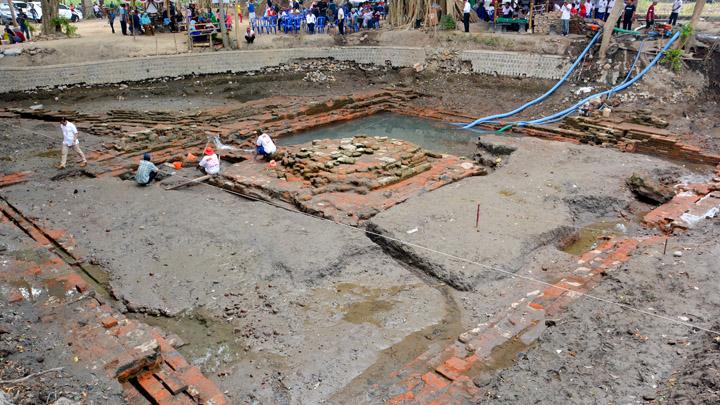
TEMPO.CO, Jakarta - At a meeting in a coffee shop in Pontianak, capital of West Kalimantan, Mariyadi's two university friends gave him a flash disk and a notebook. The contents of these items had nothing to with their studies at Tanjungpura University's Faculty of Teacher Training and Education. They contained, instead, a glossary of words in the Indonesian language and local vernaculars for an Indonesian local-languages dictionary.
Mariyadi, Imam and Sariyah are activists with the Indonesian Community for Mother Tongue Conservation (IMBI). At the meeting, they discussed Imam and Sariyah's task of collecting vernacular words used by the elderly population in their hometown, Kapuas Hulu. Imam is currently researching the Semitau Malay language and Sariyah the Selimbau Malay. "IMBI made a draft of questions and a vocabulary to consult with village elders," Sariyah told Tempo.
Their discussion also touched on preparations for International Mother Language Day on February 21. The three students were planning a book launch and dialog on local languages in a program themed 'The Role of the Mother Tongue'.
Not long after the IMBI community was established, it went into action based on Dedy Ari Asfar's 2003 research. Local languages in Kalimantan, said Dedi, 38, were on the brink of extinction.
Dedy came to the troubling prediction after visiting several regions in West Kalimantan, where he found that speakers of local languages were very old, while the younger populations rarely used local languages in their everyday interactions.
The researcher was most concerned with the disappearance of a number of once-popular words from everyday usage. His research found that young people tended to imitate the speech patterns of celebrity figures on social media. "Those with a thick local accent tended to be mocked," said the IT lecturer at Tanjungpura University and a staff at West Kalimantan's Language Office. "They are not aware [that the practice] could cause extinction of their native languages."
John Bamba, a researcher at the Dayakology Institute, said Kalimantan is home to a wealth of indigenous languages. Languages spoken by the Dayak people vary significantly, because the indigenous Kalimantan ethnic group consists of hundreds of sub-tribes, and each has its own language for example, the Iban, Kayan, Kenyah, Jalai and Kanayan. Even the Dayak Bakatik sub-tribe, who live in the region of Bengkayang have 12 sub-tribes, among them the Kuma, Kamayu, Sara and Lumar.
John pointed out that the Dayak's sub-ethnicity can be attributed to their sporadic settlements throughout Kalimantan. Topography and natural conditions have isolated communities. "This is why their languages are so heterogeneous."
After the research, which showed a sharp drop in the use of local languages, Dedy founded the IMBI with the intention of setting up a think-tank to conserve local languages and to spark the interest of youths on their mother tongues.
Initially only a small number of people were interested in joining IMBI when it was founded in 2013. Among them was Dedy's wife, Prima Duantika, word analyst at West Kalimantan's Language Office. Later Dedy's friend Agus Syahrani, lecturer at the Faculty of Teacher Training and Linguistics at Tanjungpura University and Yaser Ace, a businessman, also joined in.
Eventually, more people, in particular college students, joined IMBI, including Mariyadi. "IMBI has motivated me to do research and study the culture of West Kalimantan," said the 26-year-old man. Today, IMBI has about 200 volunteers and 25 staff members.
Hundreds of people have collaborated in publishing dozens of local language dictionaries, including Dayak Uud Danum, Sukadana Malay, Ngabang Malay, Sambas Malay, Pontianak Malay and Dayak Kantuk dictionaries. (*)
Read more inspiring Outreach stories in Tempo English Weekly News Magazine























